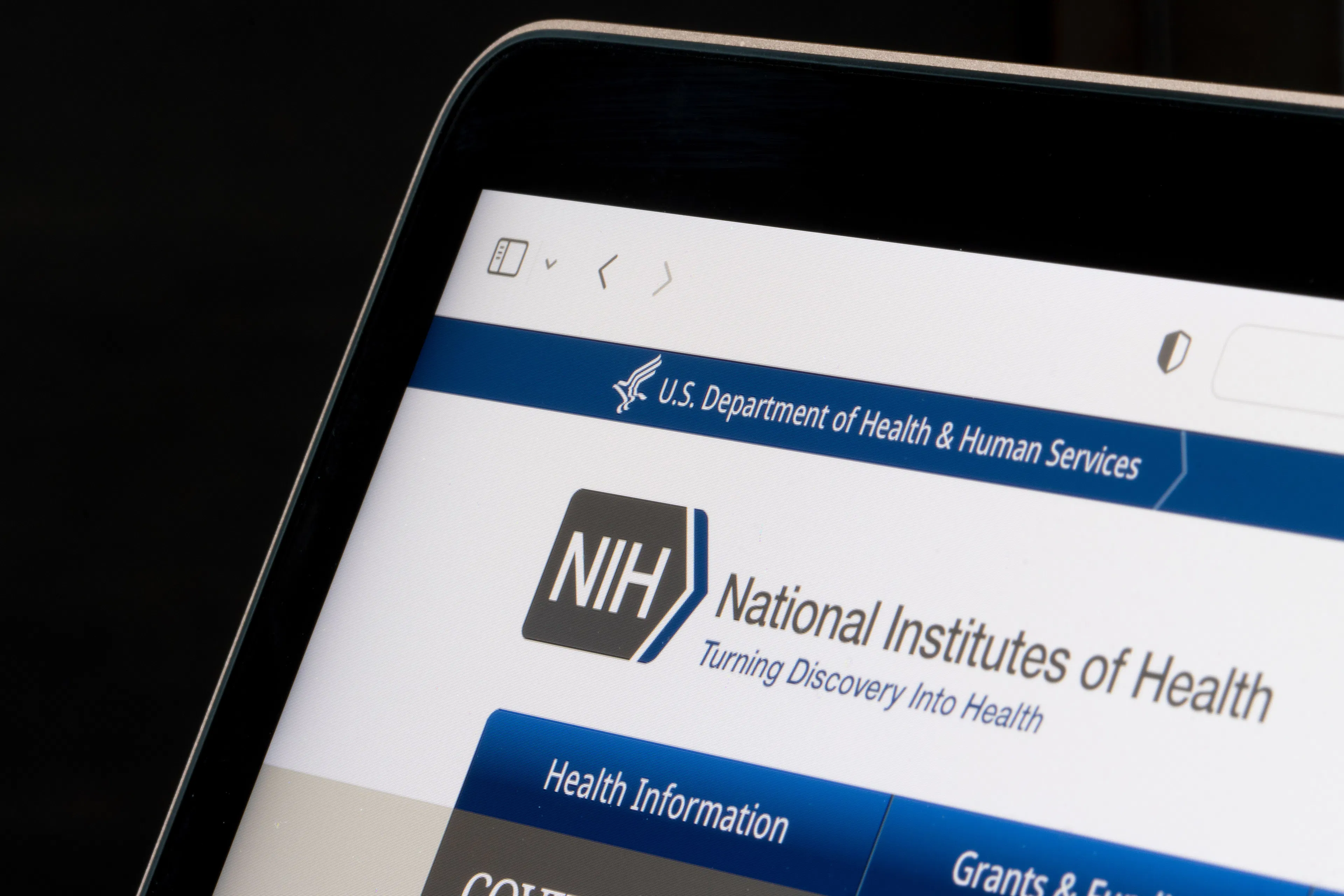Contemporary OB/GYN week in review: HIV suppression, ovarian reserves, and more
Review some of the top stories from the Contemporary OB/GYN website over the last week, and catch up on anything you may have missed.
Contemporary OB/GYN week in review: HIV suppression, ovarian reserves, and more

Thank you for visiting the Contemporary OB/GYN® website. Take a look at some of our top stories from last week (Monday, March 04 - Friday, March 08 2024), and click each link to read and watch anything you may have missed.
1.) NIH study finds long-acting ART safe for HIV suppression in adolescents
Research presented at the 2024 Conference on Retroviruses and Opportunistic Infections reveals that long-acting injectable antiretroviral therapy provides improved HIV suppression with minimal adverse effects, offering a promising alternative for adolescents and individuals struggling with daily oral regimens.
Click here for the full article.
2.) Neighborhood poverty linked to decreased ovarian reserves
Discover how neighborhood disadvantage affects menopause onset and implications for women's health, as revealed by recent research published in Menopause, the journal of The Menopause Society.
Click here for the full article.
3.) Lack of association found between vitamin D and miscarriage risk
Investigating the relationship between 25-hydroxyvitamin D (25OHD) levels and miscarriage risk, a recent study utilizing mendelian randomization analysis found minimal causal association, suggesting no significant impact of vitamin D deficiency on miscarriage risk.
Click here for the full article.
4.) HIV linked to elevated cardiovascular disease risk
Discover how the REPRIEVE trial sheds light on the increased cardiovascular risk among HIV patients, urging updated risk assessment tools for diverse populations.
Click here for the full article.
5.) Risk of graft loss in pregnant kidney transplant recipients
A study examines the association between donor types and obstetrical and graft morbidity risks among pregnant kidney transplant recipients, revealing increased short- and long-term graft loss risk from pregnancy after deceased donor kidney transplant compared to living donor kidney transplant.
Newsletter
Get the latest clinical updates, case studies, and expert commentary in obstetric and gynecologic care. Sign up now to stay informed.
S4E1: New RNA platform can predict pregnancy complications
February 11th 2022In this episode of Pap Talk, Contemporary OB/GYN® sat down with Maneesh Jain, CEO of Mirvie, and Michal Elovitz, MD, chief medical advisor at Mirvie, a new RNA platform that is able to predict pregnancy complications by revealing the biology of each pregnancy. They discussed recently published data regarding the platform's ability to predict preeclampsia and preterm birth.
Listen





